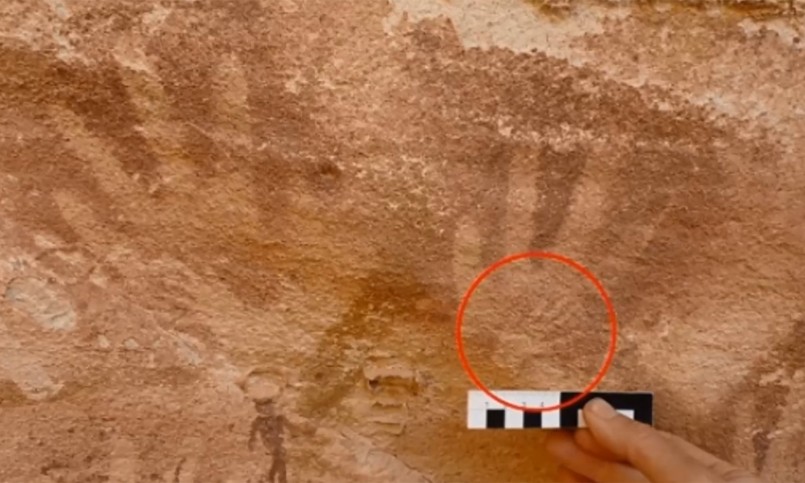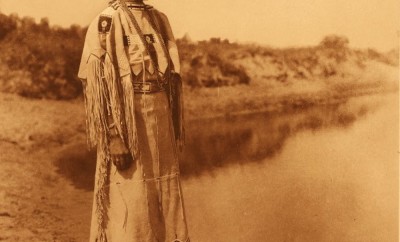Africa
Unusual Handprints Discovered In Sahara’s Cave Of Beasts

Image: The Sun
Unusual Handprints Discovered In Sahara’s Cave Of Beasts
Thousands of ancient museums are scattered throughout the largest, hottest desert on Earth. Their artists were the Picassos of their times—quintessential highbrow creators who employed the most refined technologies in beauty available to them. We are talking about Saharan Rock Art—an immense variety of engravings, paintings, prints, and even leftover tools located in thousands of caves across the central Sahara and preserved in the open-air dry conditions.
They span far and wide between Egypt, Chad, Libya, Algeria, Morocco, and Niger and range between 10,000 and 4,000 years old. The numerous artworks provide a window into the art and culture of our African ancestors. Much of the work depicts multitudes of scenes, animals, dances and experiences of Neolithic life. Giant elephants, hippopotamuses, and rhinoceros grace the walls where they once thrived in an earlier tropical paradise. One site is littered with stone tools built up throughout the prehistoric ages to an amount “conservatively” equal to upwards of 84 million Great Pyramids! Some sites house the tombs of ancient ancestral lines, while others allegedly contain the oldest known human figurines ever discovered.
These incredible finds are telling timestamps and documented homages to the human condition. Nevertheless, at times the caves have also left hidden as much as they have revealed. Take, for example, two famous caves nicknamed the “Cave of Swimmers” and the “Cave of Beasts.” To this day, archeologists and researchers are at a loss to explain what looks like swimming human figures painted in both caves. Geographers point to prehistoric lakes hundreds of miles away as a possible explanation for these depictions. Some archaeologists maintain that the art could represent departed souls passing to the afterlife, while others argue that the floating bodies actually hold a deeper unknown symbolism.
The Cave of Beasts was discovered in 2002 in Western Egypt’s Wadi Sura II rock site. The cave gets its name from the wild animals, human figures, objects, headless creatures, and hand prints that compose the 8,000 year old mural. Scientists were most drawn to one of the odder images within the vivid composition of thirteen tiny handprints nestled within larger ones. They were originally thought to belong to babies and tiny children but careful measurements revealed they lacked the proper dimensions. Many of the hands were far too small and the fingers too long. The ideas and theories came in, from monkey paws to extraterrestrial life. But a recently published study led by Emmanuelle Honoré and her research team gives us strong reason to believe that they are actually prints of the desert monitor lizard common to the region.
The only mystery that remains after sifting so much through the sands of time, is why these people did this.





0 comments